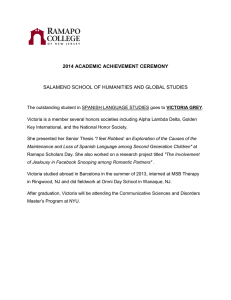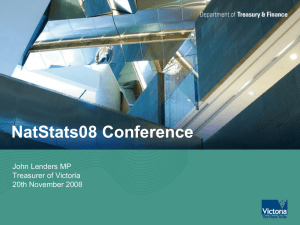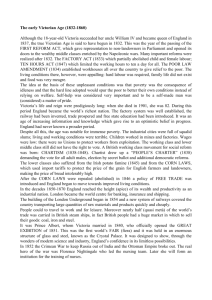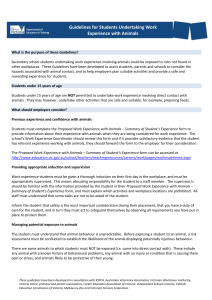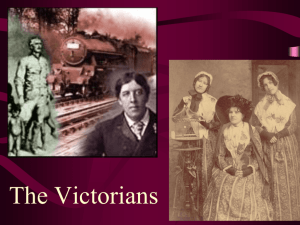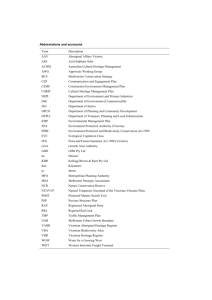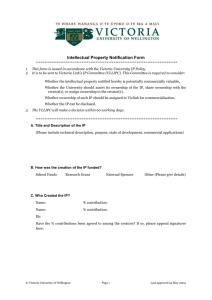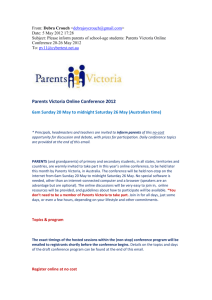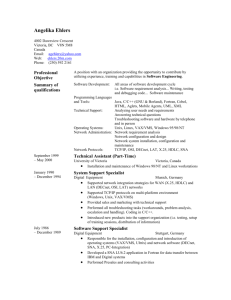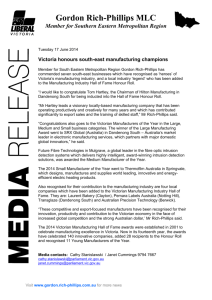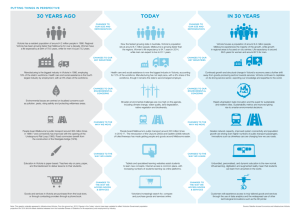Setting the scene: Katrina Reynen
advertisement
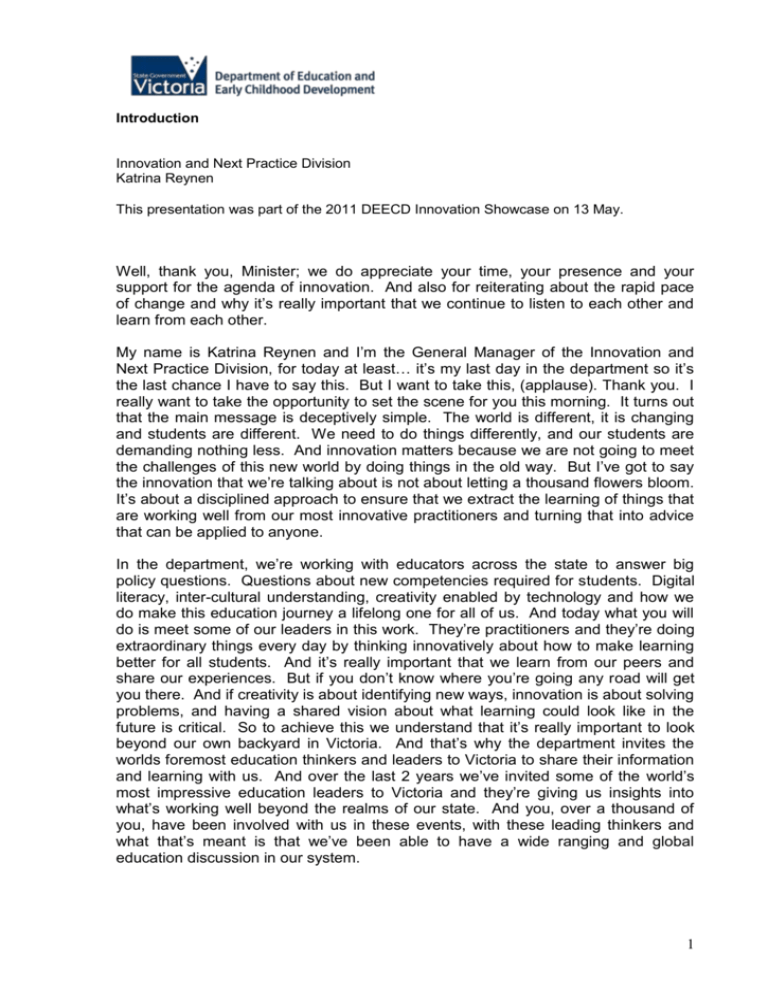
Introduction Innovation and Next Practice Division Katrina Reynen This presentation was part of the 2011 DEECD Innovation Showcase on 13 May. Well, thank you, Minister; we do appreciate your time, your presence and your support for the agenda of innovation. And also for reiterating about the rapid pace of change and why it’s really important that we continue to listen to each other and learn from each other. My name is Katrina Reynen and I’m the General Manager of the Innovation and Next Practice Division, for today at least… it’s my last day in the department so it’s the last chance I have to say this. But I want to take this, (applause). Thank you. I really want to take the opportunity to set the scene for you this morning. It turns out that the main message is deceptively simple. The world is different, it is changing and students are different. We need to do things differently, and our students are demanding nothing less. And innovation matters because we are not going to meet the challenges of this new world by doing things in the old way. But I’ve got to say the innovation that we’re talking about is not about letting a thousand flowers bloom. It’s about a disciplined approach to ensure that we extract the learning of things that are working well from our most innovative practitioners and turning that into advice that can be applied to anyone. In the department, we’re working with educators across the state to answer big policy questions. Questions about new competencies required for students. Digital literacy, inter-cultural understanding, creativity enabled by technology and how we do make this education journey a lifelong one for all of us. And today what you will do is meet some of our leaders in this work. They’re practitioners and they’re doing extraordinary things every day by thinking innovatively about how to make learning better for all students. And it’s really important that we learn from our peers and share our experiences. But if you don’t know where you’re going any road will get you there. And if creativity is about identifying new ways, innovation is about solving problems, and having a shared vision about what learning could look like in the future is critical. So to achieve this we understand that it’s really important to look beyond our own backyard in Victoria. And that’s why the department invites the worlds foremost education thinkers and leaders to Victoria to share their information and learning with us. And over the last 2 years we’ve invited some of the world’s most impressive education leaders to Victoria and they’re giving us insights into what’s working well beyond the realms of our state. And you, over a thousand of you, have been involved with us in these events, with these leading thinkers and what that’s meant is that we’ve been able to have a wide ranging and global education discussion in our system. 1 The work has not only been interesting, but it’s helped us to define the areas of research in our innovation area. The conversation has been translated into the themes that you’re going to hear about today. We’re going to show you a video shortly which is an amalgamation of what these world leaders are thinking. I’m going to warn you it’s very, very pumped and it comes at you very quickly. But there are some key messages that I think we’re going to be able to pull out of it. Charles Leadbeater makes a very strong case for ambitious and radical innovation in and beyond our institutions. The minister mentioned we have all sectors here today, we can learn from each other and we should be learning from each other. Yong Zhao understands the deep implications of globalisation and how we can make this work for our nation. It means we need to focus on developing deep inter-cultural understanding and what internationalisation of education means. Ameeta Wattal remains us that we are part of a global family, so values and developing human bonds must be seen as essential 21st century skills, along with the technology skills, and she makes us think about what we’re really educating people for. Valerie Hannon understands how things work at the system level and her advice is to ensure that innovation permeates all levels of education. And of course Stephen Heppell, very good friend to Victorian education, reminds us of just who we’re doing all of this for and that if we’re going to be successful we do need to keep the learners right in the centre of the conversation. So, all of these people have become friends of Victorian education and advocates for our success around the globe. And as they travel people are learning in different countries about what’s happening in Victoria and what’s working. And our successes are being promoted internationally. There are many messages from the global thinkers and we’ve captured just some of them in the video you are about to see. By the way, this will be a legacy, this video that you can take back and share with the educators in your school when you start sharing what you have learnt today. But I set one challenge for you today, with all of the things going on, all of the messages, all of the learning. Our challenge together is to think about how we describe a cohesive vision of what education could look like in the very near future and together take the actions that bring that vision to reality. Let’s have a look at that video. End of presentation. 2



